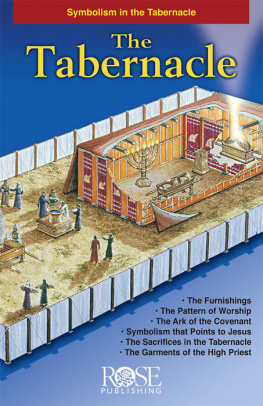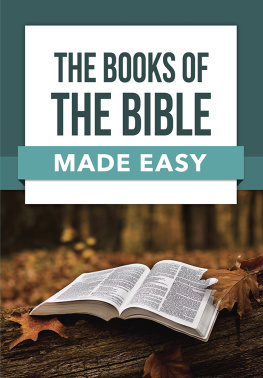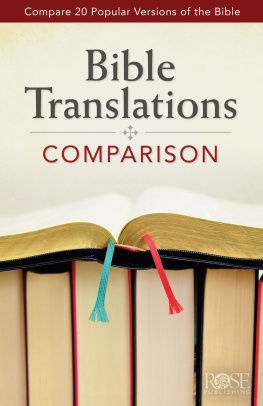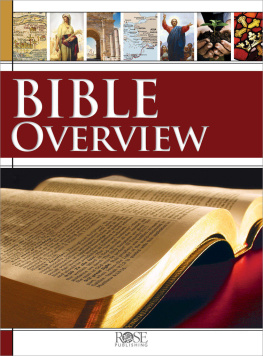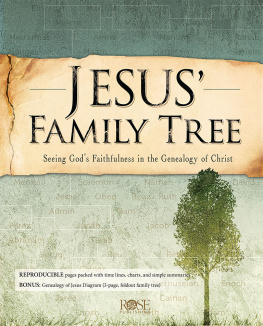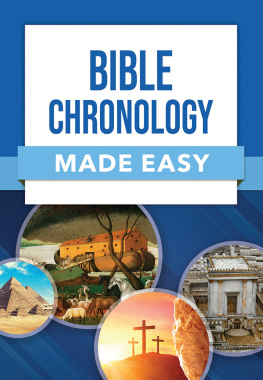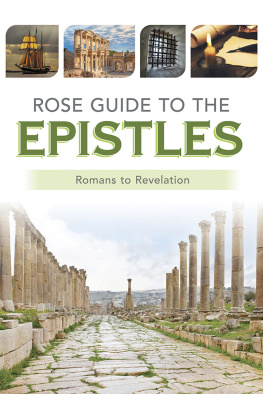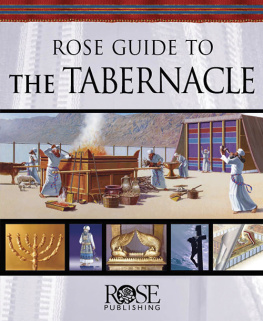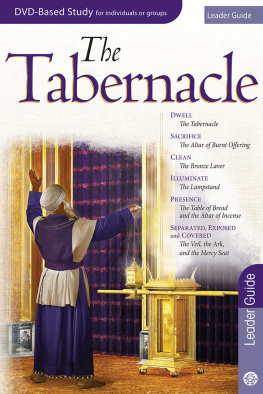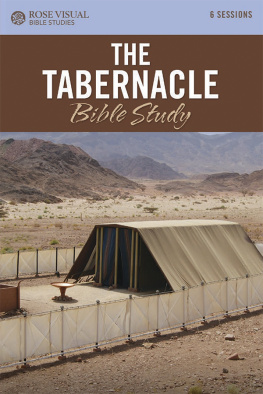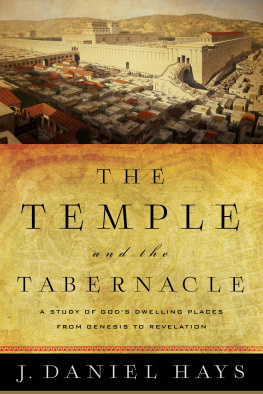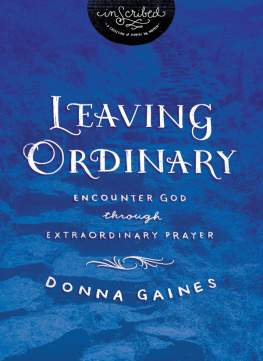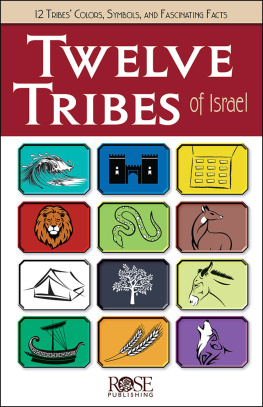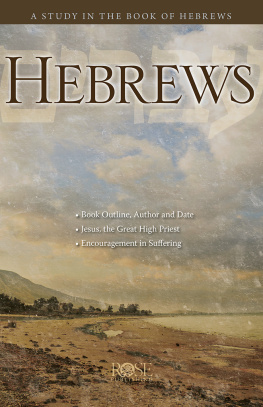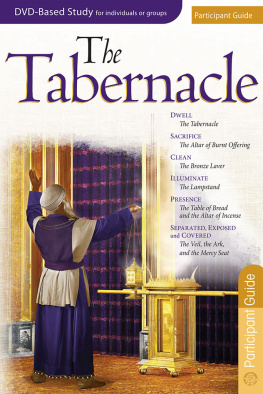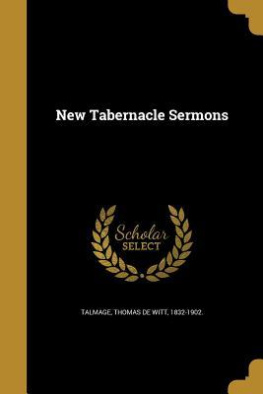
The Tabernacle
Exodus 2540; Hebrews 913
What is the Tabernacle?
The Tabernacle was a moveable tent of meeting that God commanded Moses to build. God wanted to dwell among his people, the Israelites. He wanted to have fellowship with them and be able to communicate with them.
The Tabernacle and its courtyard were constructed according to a pattern set by God, not by Moses. We study the Tabernacle to understand the steps the Lord laid out for a sinful people to approach a holy God. The Tabernacle was built approximately 1440 BC, and was the place where God dwelt with his people for 400 years. It was used from the time of the Exodus until the time of King Solomon, when the Temple was built. The Tabernacle was the center of the Israelite camp. The 12 tribes of Israel camped around the Tabernacle in a special arrangement.
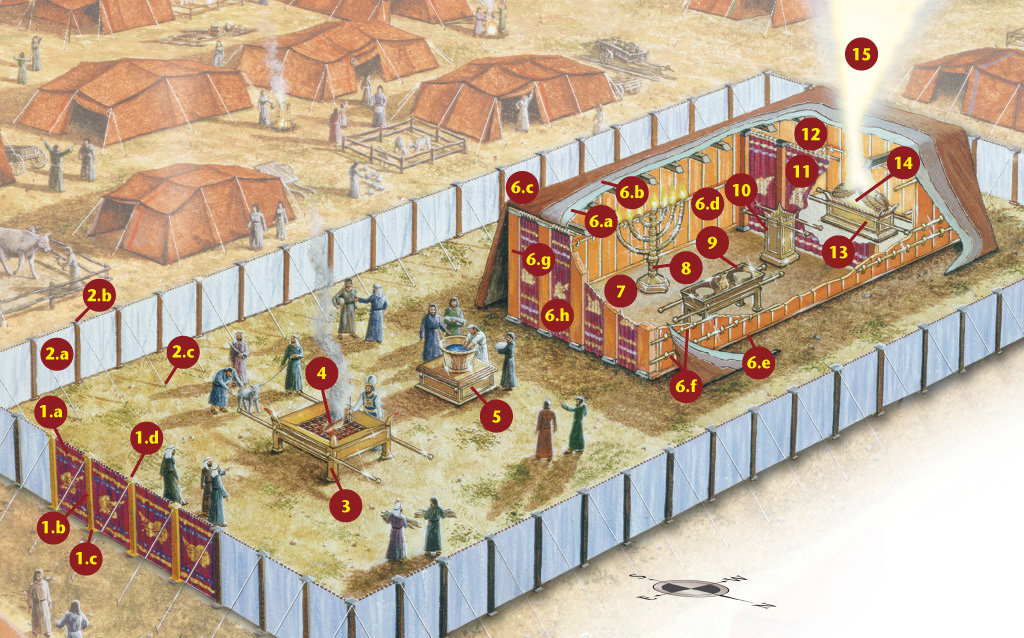
Entering the Tabernacle
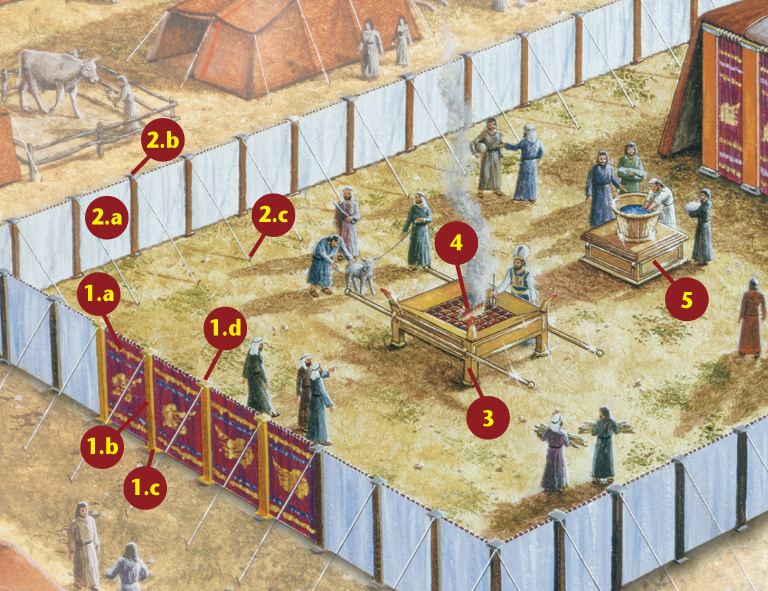
Gate of the Court
First, a person would enter the Gate of the Court to offer a sacrifice for sin or thanksgiving.
- Hanging curtains (blue, purple, scarlet, white)
- Four pillars of brass
- Sockets of bronze (brass)
- Hooks and fillets (clasps) of silver on the tops of the pillars)
Exodus 27:10, 11, 14-16; Exodus 38:14-18, 19; John 10:9
20 cubits wide x 5 cubits high
(30 ft x 7.5 ft., or 9.2 m x 2.3 m)
Court Fence Not shown to scale
After passing through the gate, the person would come into the court. The court fence was made of a long piece of linen held up by posts that surrounded the Tabernacle. Only priests from the tribe (family) of Levi were allowed to touch the Tabernacle, so the fence protected people from coming too close accidentally.
- Linen curtains
- Pillars, sockets, hooks, and fillets (tops and rods)
- Pins of bronze held the linen curtains in place
Exodus 27:9-18; 38:9-20; 40:33
100 cubits long x 50 cubits wide x 5 cubits high
(150 ft. x 75 ft. x 7.5 ft., or 46 m x 23 m x 2.3 m)
Brazen Altar
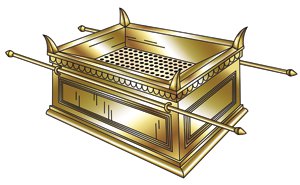
God wanted to dwell among his people. How does a holy God dwell among sinful people? First God required the people to offer a sacrifice for their sins. God told Adam and Eve that the result of their sin was death. God, however, had mercy on humankind and provided them with a way to temporarily cover their sin. Instead of immediately requiring their own blood (death), God allowed the blood of an animal to atone or take away sin, making it possible for the worshippers to enter into Gods presence.
Only the finest animala perfect onewas good enough. God asked them for a perfect, flawless sacrifice because:
- The animal represented an undeserving recipient of a deserved punishment.
- God wanted people to trust in his provision, so he asked that the sacrifice be valuable.
- The perfect animal foreshadowed Jesus, the perfect sacrifice who atones for sin once for all.
Because these sacrifices only temporarily covered the sins of the people, they needed to be offered on a regular basis.
The people would bring the offering and would put their hand on the head of the lamb while it was killed. This symbolically, yet temporarily, put their sins onto the animal, and the animal died in their place.
The brazen altar was made of acacia (shittim) wood and covered with bronze. The four corners had horns. There were bronze shovels, basins, fleshhooks (forks), and fire pans to collect ashes.
A bronze grate with a ring in each corner was put under the brazen altar. Carrying poles made of acacia wood covered with bronze were used to carry the altar.
Genesis 2:17; 3:21; 4:3-7; Exodus 27:1-8, 40:6, 10, 29; Leviticus 1; 16:1, 2, 16; 17:11; Isaiah 59:2; Romans 3:23; Hebrews 9:25; 10:10, 26-31
5 cubits long x 5 cubits wide x 3 cubits high
(7.5 ft. x 7.5 ft. x 4.5 ft., or 2.3 m x 2.3 m x 1.38 m)
Offerings at the Altar
Several offerings were offered at the Altar:
- Burnt offering of bulls, sheep, goats, doves, or pigeons
- Grain offering of cakes or wafers of fine flour
- Peace offering of a goat or lamb
- Sin offering of a bull or lamb
- Trespass offering of a female from the flock: a lamb, goat kid, dove, pigeon, or grain
Leviticus 16; Leviticus 7:11; Hebrews 8:3; 9:11-14, 18-22; 10:1-4
Bronze Laver
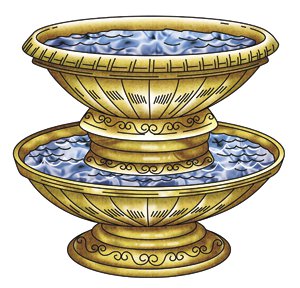
The rest of the steps were performed by the priests on behalf of the people. After making the sacrifice, the priest washed himself at the brass laver. This washing purified the priest and prepared him to enter the Tabernacle. The Lord said that the priest must wash so that he would not die.
The brazen laver was made from brass mirrors donated by the women. It may have had a shiny mirrored surface which would help the priest wash thoroughly and to remind him that the Lord sees past the outward appearance, straight into the heart.
Exodus 27:1-8; 40:6, 10, 29; Exodus 30:17-21; 40:7, 30-32; Ephesians 5:26; Hebrews 10:22
Size unknown
The Pattern of Worship in the Tabernacle
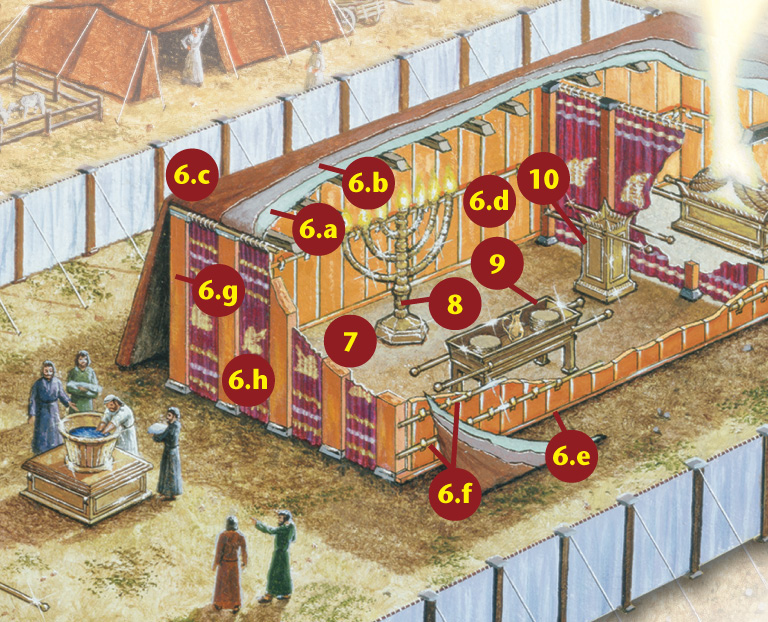
Tabernacle The Tent of Meeting
The priest entered the Tabernacle through the curtains at the entrance. The Tabernacle was divided into two sectionsthe Holy Place and the Most Holy Place (Holy of Holies)which were made of:
- Goats hair covering with linen covering beneath
- Ram skin covering dyed red
- Badger, porpoise, or sea cow skin covering
- 48 boards
- 100 sockets (96 silver sockets for the boards, four under the pillars of the veil)
- Bars
- Pillars, hooks
- Curtains at the entrance
Exodus 2526
30 cubits long x 10 cubits wide x 10 cubits high
(45 ft. x 15 ft. x 15 ft., or 13.8 m x 4.6 m x 4.6 m)
Holy Place
Every day the priests entered into the Holy Place to serve the Lord. Inside were the table of showbread, the seven-branched golden lampstand, and the altar of incense in front of a veil that separated the Holy Place from the smaller area, the Most Holy Place.
Exodus 26:33; Hebrews 9:2, 6
10 cubits wide x 20 cubits long
(15 ft. x 30 ft., or 4.6 m x 9.2 m)
Golden Lampstand Candlestick
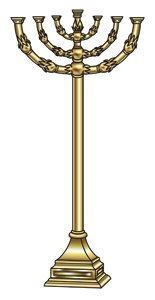
The lampstand provided light in this otherwise dark room. The priests trimmed the wicks to keep them burning brightly. The lampstand or candlestick was made from a single piece of gold. It was not pieced together. It had a central shaft with six branches, three on each side, making it a seven-branched lampstand. Each branch had knobs, flowers, and an almond-shaped bowl to hold pure olive oil.
Next page
